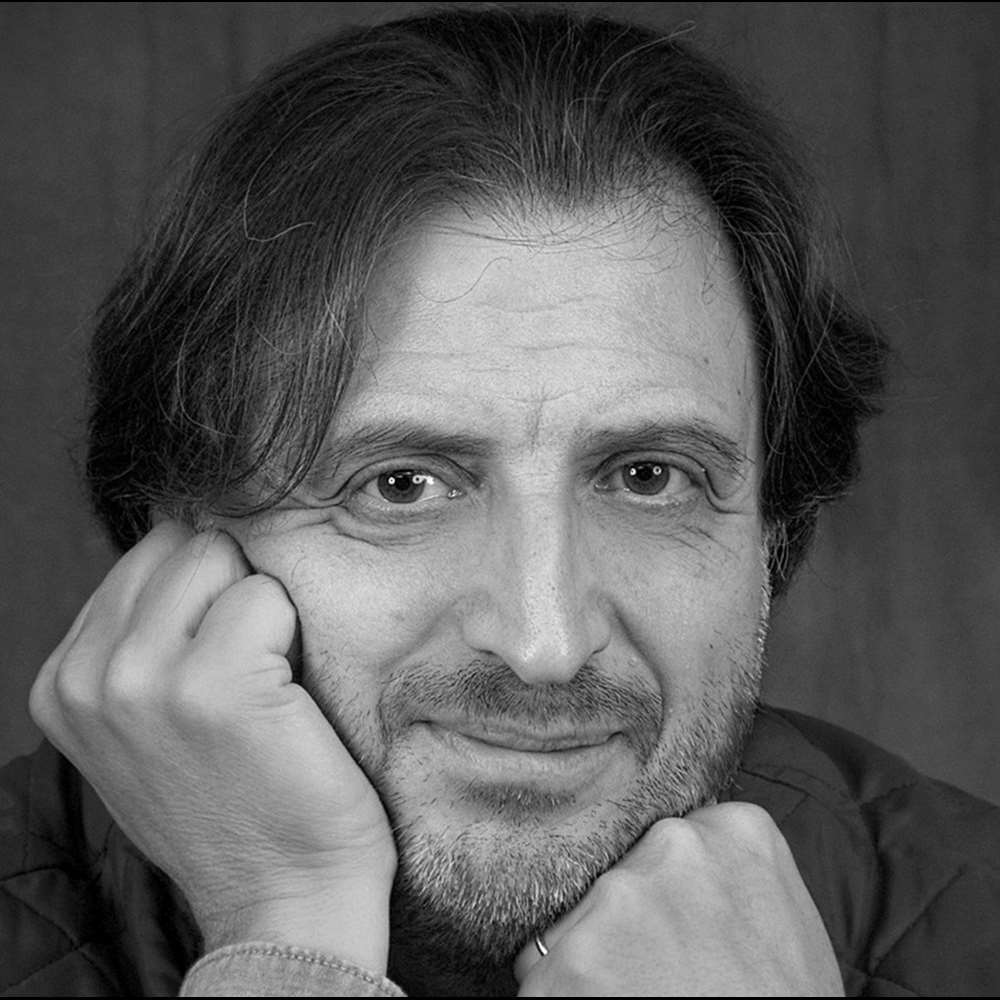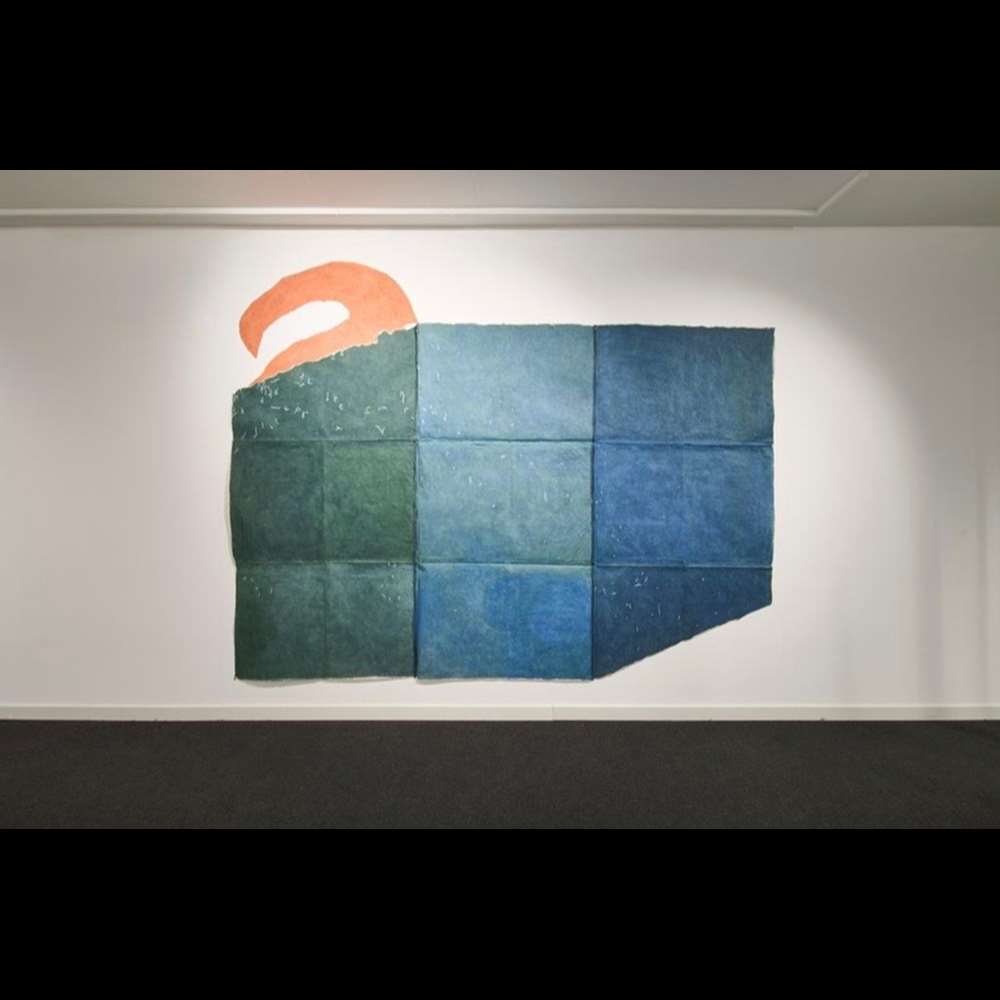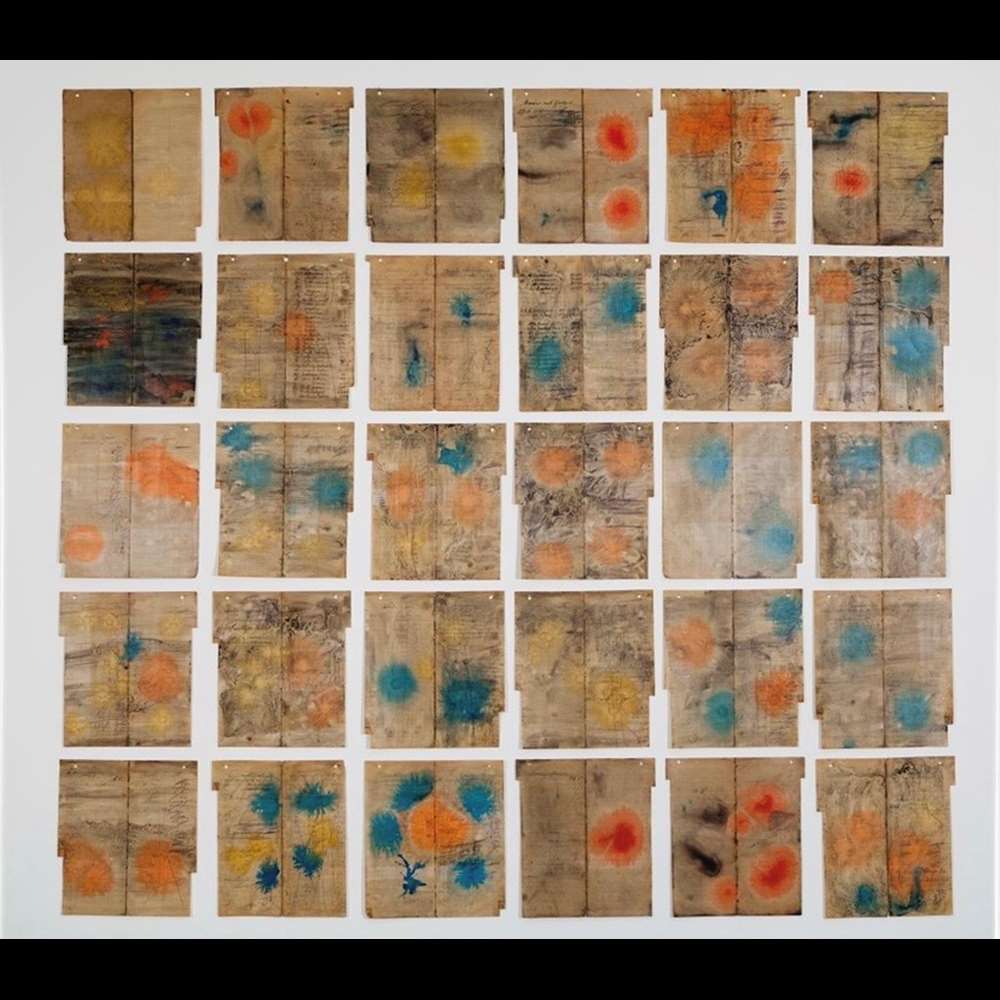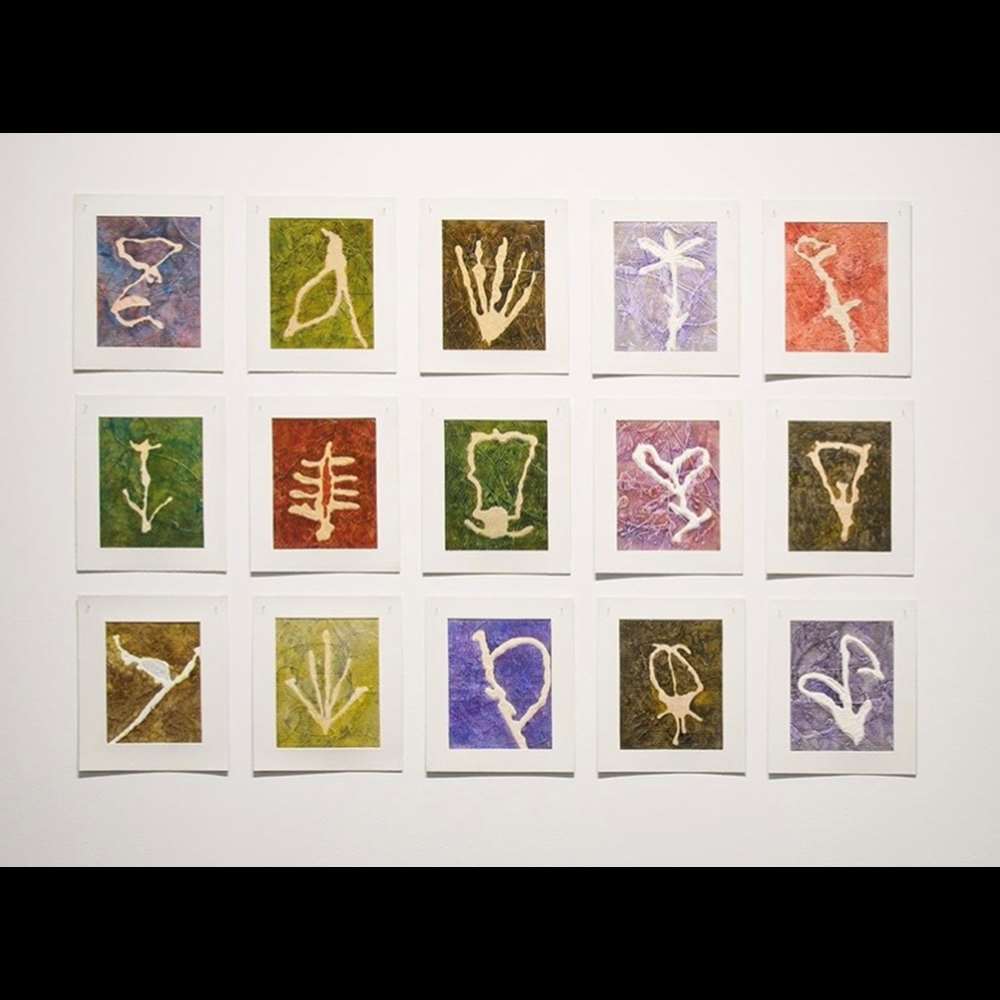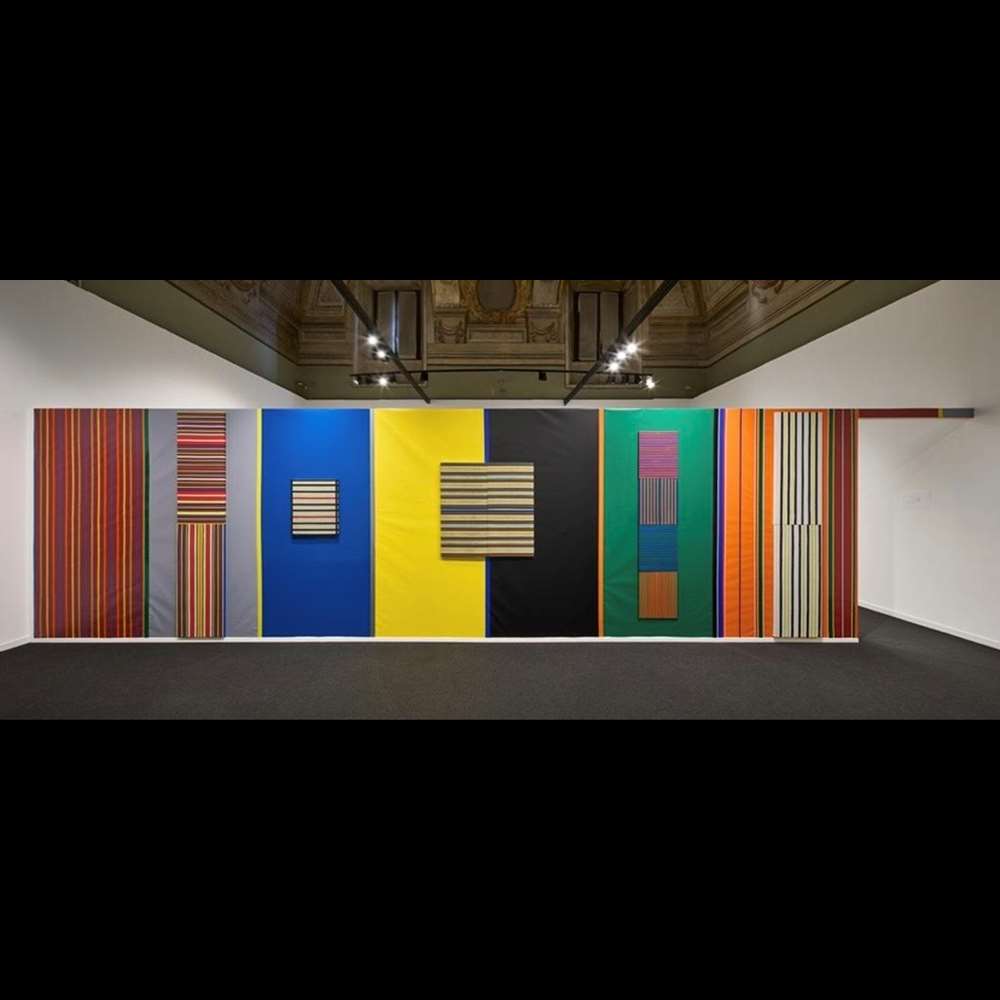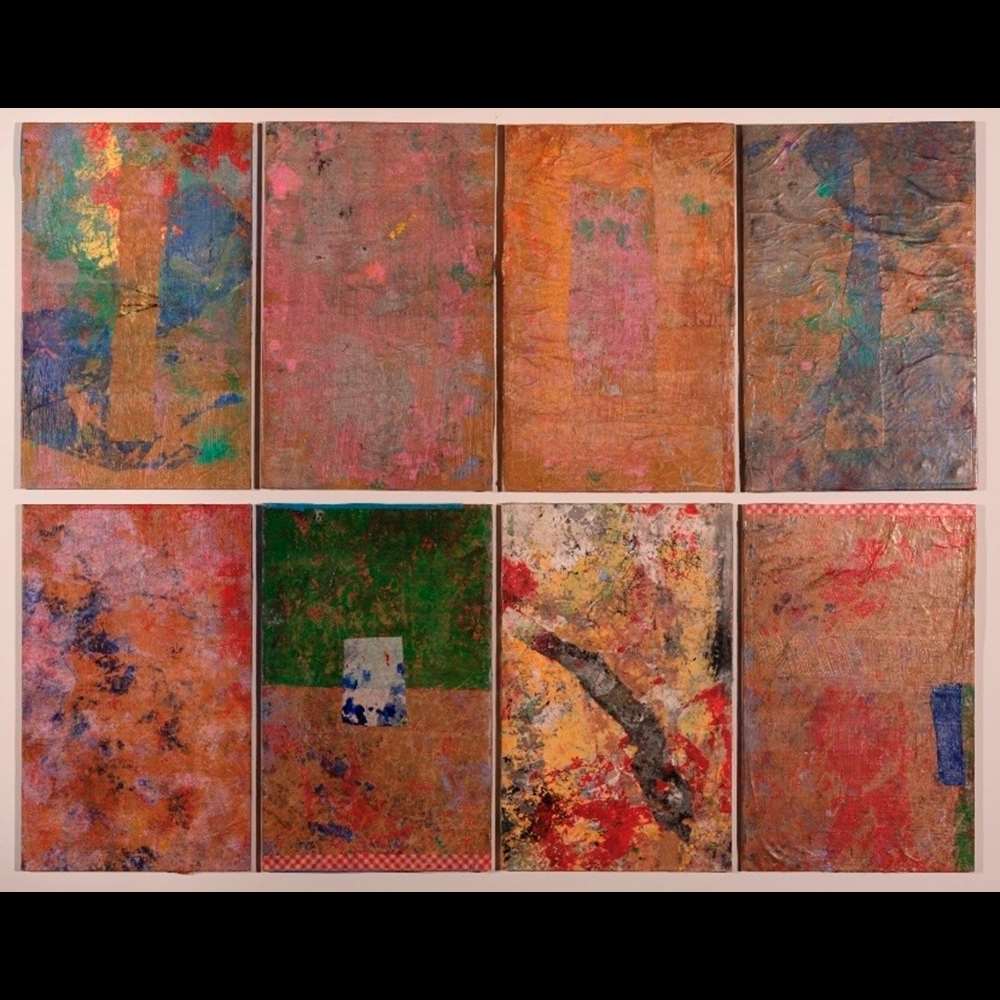1. What are the foundations of your research (Art Identity)?
Giving meaning to chance said the Dadaists, what for the caterpillar is death for the rest of the world is a butterfly. The world is my inspiration, especially the things that others discard. I happen to accumulate things and objects in the studio for years before using them again. Then one day I see the butt of an old rifle while I'm holding a dried flower and the two images overlap. But the same thing also happens to the things I see and are imprinted on my mind. A few years ago, the title of one of my solo exhibitions at Carla Pellegrini in Milan was: “Pictures stolen from memory”.
2. Who are the artists who have guided you in your research?
In 1958 (the year I was born on October 8) Licini received the golden lion from the Venice Biennale and on October 11, when the Biennale was still ongoing, Corrado died in Monte Vidon, a small village in the Marche Apennines where he is buried. Of course I visited his grave. Licini is part of the small group of twentieth-century artists who with Odillon Redon (he died in 1916), Paul Klee, Giorgio Morandi and Fausto Melotti had a great influence on my way of thinking about art. The main closeness to their work lies in magic and wonder. But another great twentieth-century artist greatly influenced the second part of my artistic career, Joseph Beuys. His idea of "Social Plastic" is the basis of my project "Mechanics of Wonder".
3. Define yourself as a human being using three adjectives.
4. According to your vision, where is contemporary art going and where would you like it to go?
Frankly, I could not define what art is today, I often see it where I least expect it. Certainly when I see her I know her.
Albano Morandi was born in Salò on 8 October 1958. He graduated in Scenography at the Academy of Fine Arts in Rome, under the guidance of Toti Scialoja and Alberto Boatto. In 1981 he founded the "Teatro dell'Evidenza" with which he staged several operas. The first fundamental and constant element throughout Albano Morandi's artistic career can be traced and present in the evidence: the highlighting of the reality of the things that surround us. In 1984 Morandi inaugurated his first personal exhibition of watercolors on paper, or rice paper mounted on the wall, at the Santelmo Art Center in Salò entitled Porta delle stelle. In 1986 he took part in the XI Quadrennial in Rome and presented the Formichieri Trampolieri for the first time. At the same time between 1987 and 1988 Albano Morandi begins to create the first sculptural objects, ironic objects that he calls Drawing capital column. The various series of works already mentioned make up Morandi's artistic production up to the early 1990s. In this period the Kamikaze appear which can be considered a further evolution of Cieli Stranei, more objectual works in reference to the supports that the artist prefers for these works: tables, boxes, pallets. In 1994 the first large installations began to come to life with the series If only we could fall and in 1996 he exhibited the Officium installation at the XII Quadrennial in Rome. Thus began the Everyday Gestures as the artist calls them, small recycled objects. In 1986 and 1996 he was invited to the Rome Quadrennial, in 2000 he won the first prize at the 40th Suzzara National Art Prize, in 2007 he participated in the 52nd Venice Biennale in the collateral events "JOSEPH BEUYS DEFENSE OF NATURE". In 2003 he was the creator and curator of the Contemporary Art Exhibition "Meccaniche della Meraviglia", which this year marks its twentieth anniversary. In 2011 he was the protagonist of five exhibitions at the same time, four of which in Brescia and one in Milan. Between 2012 and 2013 he exhibited the large installation Song for Stella at the Galleria Maurizio Corraini in Mantua and at the 121+ Corraini bookshop in Milan. In 2015 he was one of the protagonists of (DIS)APPUNTI, an exhibition curated by A. Zanchetta for the Museum of Contemporary Art in Lissone. For over fifteen years he was the coordinator of the exhibitions held by the Province of Brescia in Palazzo Martinengo, throughout the province and for other institutions. He was also coordinator of the Civic Collection of Drawing of Salò, Artistic Director of the LABA Academy of Fine Arts in Brescia and Art & Event Manager of the Santa Giulia Academy of Fine Arts in Brescia. He is currently the Artistic Director of the Vittorio Leonesio / LeonesiArte Foundation, an important cultural reality born in 2013 in Puegnago del Garda. In 2021 the Provincia di Brescia Eventi and Brescia Musei foundations dedicate an anthological exhibition to him, for his forty years of artistic work, at Palazzo Martinengo Cesaresco. Among the theatrical and performative collaborations, those with the composers Antonio Giacometti, Giancarlo Facchinetti and Francesco Pennisi are worth mentioning; with the musicians Tristan Honsinger, Gianluigi Trovesi, Luca Formentini, Walter Beltrami and Gabriele Mitelli; with the poets Attilio Lolini and Flavio Ermini, with the directors Lorenzo Vitalone, Mariano D'Ammacco and Mauro Avogadro.
